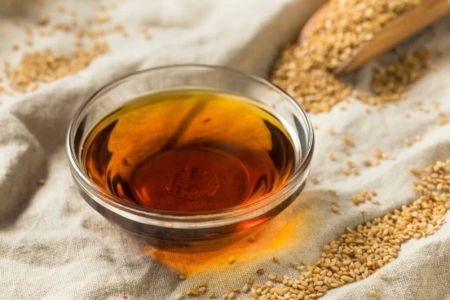How to Make Homemade Chinese Egg Drop Soup
As a lover of comfort food, I’ve always had a soft spot for Chinese egg drop soup. There’s something so comforting about the silky, smooth texture of the eggs mixed with the savory broth. I remember the first time I had it at a restaurant; I was fascinated by how something so simple could taste so good. That’s when I decided to learn how to make it at home. If you’re like me and love the idea of homemade soups, you’ll appreciate how easy it is to create this dish with a few simple ingredients. Let me walk you through the process of making the perfect egg drop soup right in your own kitchen.
1. The Basic Ingredients for Egg Drop Soup
When I started making egg drop soup, I was surprised by how few ingredients I actually needed. This recipe is perfect for those who want to make something quick but don’t want to compromise on flavor. Here’s a list of the basic ingredients you’ll need:
- 4 cups chicken or vegetable broth (I prefer chicken for a richer flavor)
- 2 large eggs
- 1 tablespoon cornstarch (optional, for thickening the soup)
- 1 teaspoon sesame oil
- 2 tablespoons soy sauce
- 1/2 teaspoon white pepper (adjust based on your spice preference)
- Chopped green onions for garnish (optional)
1.1 Choosing the Right Broth
The broth is the foundation of this soup, so I always choose one that’s flavorful. I’ve experimented with both chicken and vegetable broth, and while vegetable broth can work, chicken broth gives the soup a much richer, more authentic taste. If you have time, you can make your own broth, but store-bought versions work just as well in a pinch.
2. Preparing the Soup Base
To start, I pour the chicken or vegetable broth into a medium saucepan and bring it to a simmer over medium heat. While the broth is heating up, I mix in the soy sauce, white pepper, and sesame oil. This combination of flavors is what gives the egg drop soup its distinctive taste. The sesame oil adds a nutty aroma that enhances the overall flavor. It’s the small touches like this that really elevate the dish.
2.1 Thicken the Soup (Optional)
Some recipes for egg drop soup call for thickening the broth. I personally like a lighter soup, but if you prefer a thicker consistency, you can add cornstarch. To do this, mix one tablespoon of cornstarch with a little bit of water to create a slurry. Once the broth has come to a simmer, slowly stir in the slurry, and it will thicken the soup just slightly.
3. Adding the Eggs
The egg drop soup’s signature texture comes from the eggs. Here’s the trick: I beat the eggs lightly in a separate bowl and set them aside. Once the broth is simmering, I slowly pour the beaten eggs into the soup while gently stirring in a circular motion. The key is to pour the eggs slowly and stir continuously, which helps create those lovely silky ribbons of egg in the broth.
3.1 The Perfect Egg Texture
Getting the eggs to form the right texture took a bit of trial and error for me. The goal is to have the eggs cooked through but still soft and delicate. If you add the eggs too quickly or stir too vigorously, they’ll break up into tiny pieces. The slower and gentler you are, the smoother the soup will turn out. It’s a small step, but it makes all the difference in achieving that perfect egg drop soup consistency.
4. Garnishing the Soup
Once the eggs have been added and the soup has reached the desired consistency, I like to take the pot off the heat. This is when the final touches come in. I sprinkle some freshly chopped green onions on top for a bit of color and flavor. Green onions are an optional addition, but they add a fresh, crisp contrast to the rich broth.
4.1 Serving Suggestions
If you’re serving this soup as a main course, I recommend pairing it with a side of steamed rice or dumplings. If it’s just part of a larger meal, it works great as a starter to prepare the palate for the main dishes. Either way, the egg drop soup is sure to impress!
5. Variations to Try
Once I got the basic recipe down, I started experimenting with a few variations to make the soup my own. For instance, I’ve added a little bit of ginger or garlic to the broth for added depth. Another variation I tried was adding some cooked chicken or tofu for extra protein, making it more of a full meal. You can even spice it up by adding chili flakes or hot sauce if you prefer a bit of heat in your soup.
5.1 Customizing to Your Taste
The beauty of egg drop soup is how versatile it is. I’ve heard of people adding mushrooms, spinach, or even a dash of vinegar for a more tangy flavor. It’s all about adjusting the recipe to your liking. Don’t be afraid to play around with the ingredients until you find your perfect combination.
6. Storing and Reheating Egg Drop Soup
If you happen to have leftovers, storing egg drop soup is fairly simple. I let it cool down to room temperature and then store it in an airtight container in the fridge for up to 3 days. When reheating, I recommend doing it gently on the stove over low heat to avoid overcooking the eggs. If the soup has thickened too much, you can always add a little bit of water to loosen it up.
6.1 Freezing the Soup
If you want to make a batch in advance, egg drop soup can also be frozen. Just be aware that the eggs may lose some of their texture after being frozen and thawed. But overall, it still makes for a tasty and comforting meal when you’re short on time.


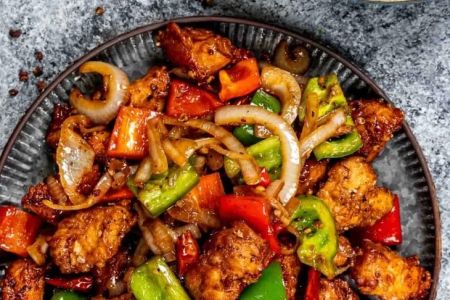
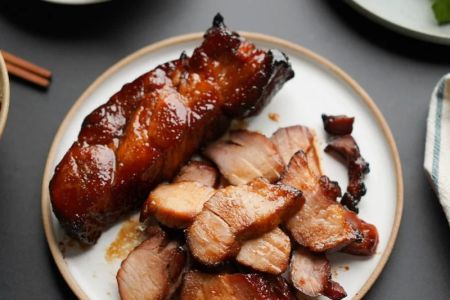
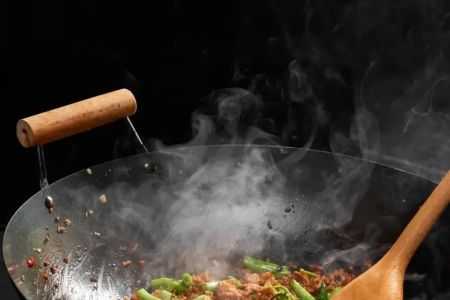
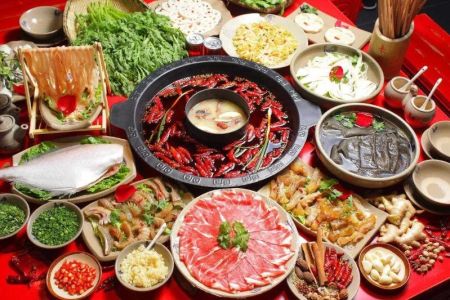
![Top Chinese Restaurants for Authentic Cantonese Cuisine in [Your City]](https://img.gochinarose.com/d33/2507/4157910400_450x300.webp)
